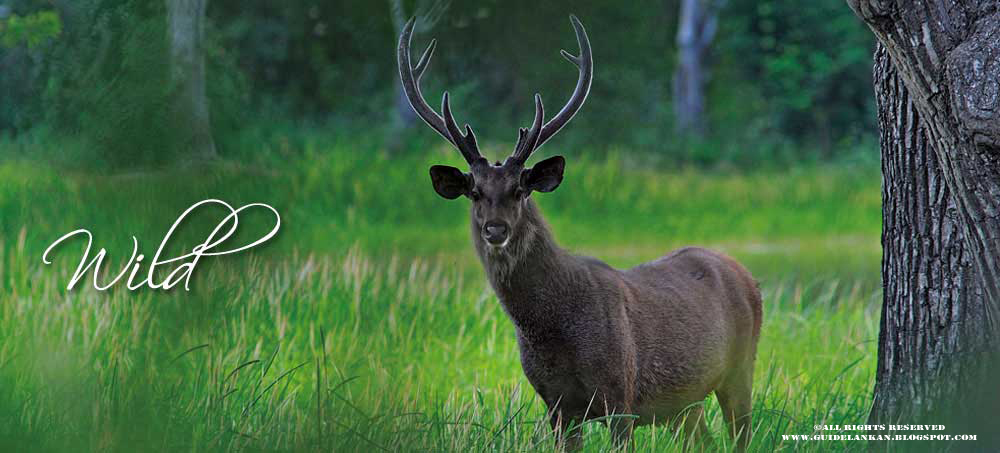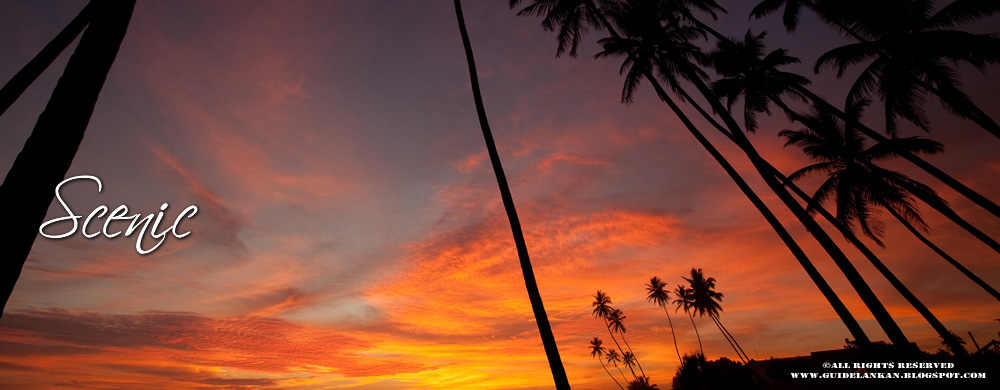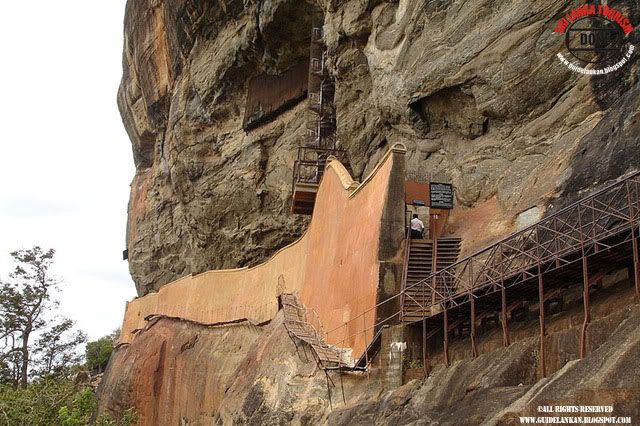Located about 130 kilometers from Colombo, or about a 3 ½ hour drive,
is one of Sri Lanka’s ancient capitals. This is the Yapahuwa Rock Fortress,
which is built on the side of a huge 90 meter high boulder. During a
period of political instability, King Bhuvanekabahu I moved his capital to
Yapahuwa in 1272, taking with him the sacred Tooth Relic. After his death,
the fortress fell into obscurity and was eventually abandoned.
The stone staircase leading to the remains of the Tooth Temple half way up
the rock is the most impressive feature of the Fortress, and it is embellished
with beautiful friezes of musicians, dancers and drummers. There are
also well-preserved guard stones and animal statuettes. On reaching
the top, the visitor is rewarded with a panoramic view of the surrounding
area, as well as a close-up view of the doorway that once led into the
Tooth Temple.
At the foot of the rock is a monastery and a small museum which contains
some statues and various antiquities. There is also a collection of ancient
Chinese coins and pottery from the Sung Dynasty, which shows that
Bhuvanekabahu had some contact with China. To access the museum,
request the key from one of the caretaker monks who will usually oblige.
The large and ornate golden key is itself an interesting artifact.







































